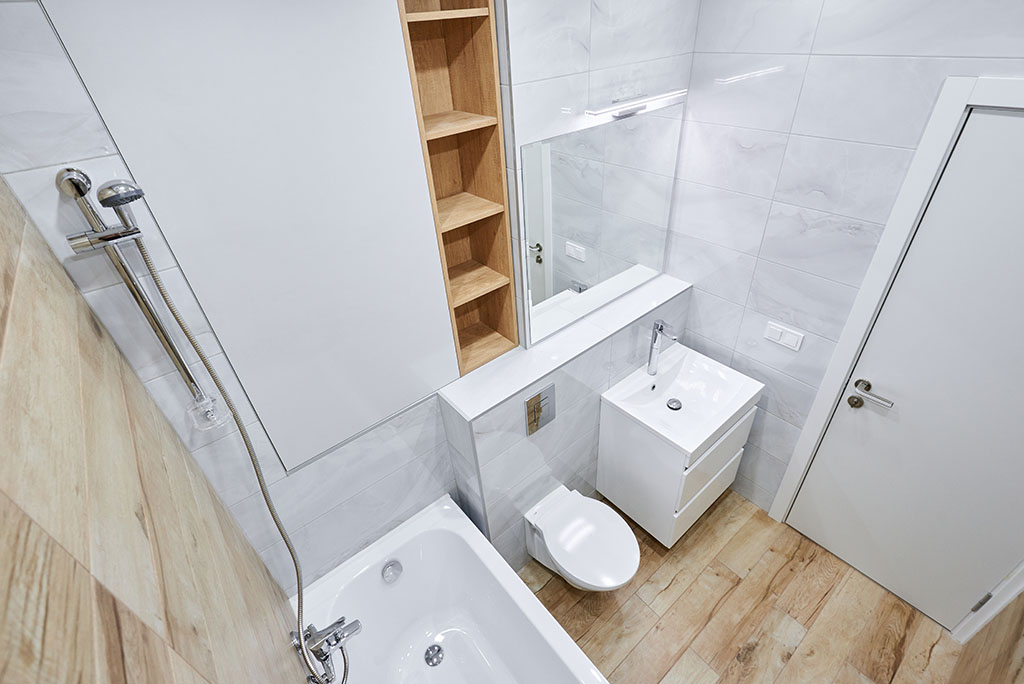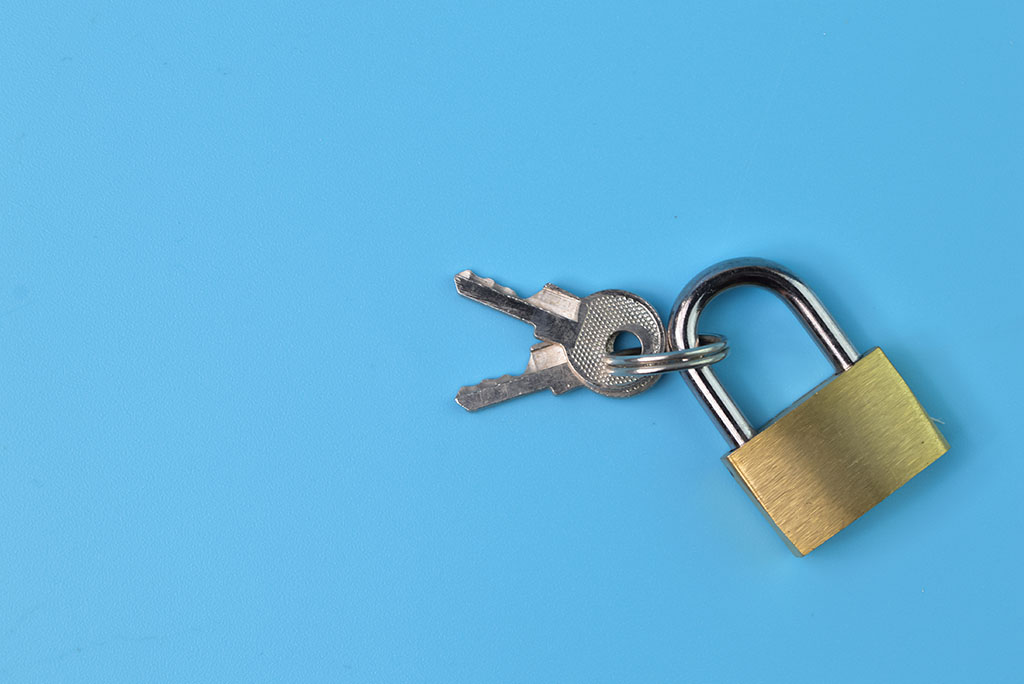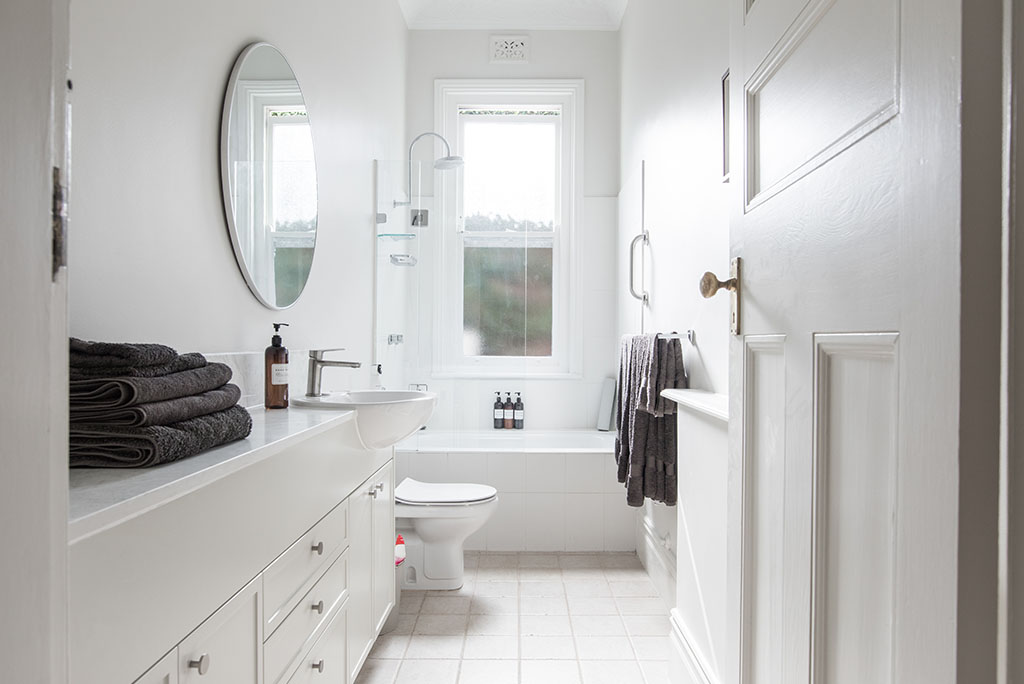Careful planning is critical to any major home renovation. Start by creating a detailed outline of the specific projects you want to undertake, along with the trades required to help you complete the job. For a big renovation, chances are that you will need to hire a General Contractor to organize, supervise and be responsible for your renovation.
Plumbers, electricians, HVAC technicians and roofers all provide specialized services that you shouldn’t take on yourself. Make sure that you and your General Contractor have reviewed the renovation process together so that you have a full understanding of the scope and timing of the work.

Setting a Realistic Budget
As part of the planning stage you should also determine your budget and costs. You wouldn’t buy a car without determining your budget before you went shopping, the same holds true for a renovation. If you don’t have enough money to complete all the work on your list you will have to adjust your plan and postpone some projects until a later date.
It’s wise to leave a little extra in the budget for unexpected costs that occur during the course of the project. Be open and honest with your contractor(s) and share your budget. When they have a solid understanding of the financial resources involved, then they can best guide you about your renovation options. Don’t forget to apply for any necessary permits now. Not having the proper permits in place can result in serious delays.
Planning the Demolition
Once you have completed the planning and established your workload, it’s time to start demolition. Completely remove any walls, counters, cabinets and flooring that will be replaced during the renovation. Use caution removing items that can be salvaged or reused.

You should complete all demolition work before you begin any repairs in case you uncover any unexpected problems as work proceeds. Issues such as mold or unsafe wiring are often found during the demolition process. It’s important to correct any of these problems before you proceed with the rest of your project to avoid costly repairs down the road.
Stop Water Infiltration
The first concern when starting any major renovation should be to locate and prevent any water infiltration. Water damage spreads quickly and creates other serious problems so make this a priority before you move on to any other work. The roof is often the main cause of leaks, but there are many other ways water can infiltrate your home.
An improperly waterproofed or cracked foundation can also cause serious water damage. Any exterior openings such as vents, doors and windows can be a source of water entry. Interior pipes can also be a source of leaks. Corrosion, damaged joints, loose connections and broken seals can all cause water to flow off its intended course, resulting in mold and rot.
Choosing New Doors and Windows
Replacing doors and windows will have a huge impact on the value of your home. New windows not only improve the look of your home, they can help lower heating and cooling costs as well. Entrance points are a common cause of energy loss and moisture infiltration.

Replace old wood windows and doors with new vinyl or vinyl over wood ones to make your home airtight. Ensure that your new windows are installed “brick to brick” to offer the greatest insulation value. Many window companies try to sell you on a low cost job by keeping your old frames and installing the new windows withing those existing frames. This is a complete waste of money. Save up and do it right.
Finishing Structural Carpentry
Now that the outside of your home is complete, it is time to work on the inside structure. Moving walls or framing up new walls should be done first. Be sure to add support beams if you remove any load-bearing walls.
This is also the time to add or enlarge doorways, and create cut-outs. When moving walls that are load bearing, you will need the services of an engineer, and associated permits to ensure the structural integrity of your home.
Checking Your HVAC, Electrical and Plumbing
All the systems that keep your home running and comfortable are located within the walls and floors. After the exterior elements are complete and your home is weather-tight, the next step is to ensure electrical, heating and cooling and plumbing systems are working and up to code.
It’s essential to complete work on these systems before you move onto cosmetic improvements so you won’t have to open up any walls again. This stage will require permits and approval from inspectors, so be sure to allow extra time for these steps.
Start with the Insulation
After essential systems inside the walls have been updated and all inspections have been passed, installing insulation should be the next job. This step should not be missed since it will improve the energy efficiency of your home and help reduce air leaks.
There are a variety of different options when it comes to insulating your home. Fiberglass insulation, polystyrene and spray foams are the most common insulators used for residential projects. Make sure to choose the option that is compatible with your home’s construction and that provides the required level of insulation for your climate.
Installing Drywall and Flooring
Hanging drywall should be done before the floors to prevent any damages to the floor from drywall mud or dropped tools. You can choose to complete the drywall yourself, but mudding and taping requires an experienced touch, so this may be best left to the professionals.

Whether you are installing wood or tile floors, you can lay flooring from wall to wall and install fixed elements on top of it to prevent issues during future renovations. Begin the Fine Carpentry Now that the walls are finished, you can start to build any new elements that you will be adding to your home. Things like new cabinetry and closets can be installed at this time. Built-in features such as shelving or fold-away furniture should also be completed at this stage.
Start Painting, Wallpapering, and Trimming
After all the structural and carpentry work is complete, you can move on to the cosmetic work. Start with priming and painting drywall, or hanging wallpaper depending on your interior design. After the wall surfaces are finished, you can install and paint or stain trim and moulding.
Applying the Finishing Touches
Now that all the renovations and repair work are done, it’s time for the finishing touches. All those little things that add beauty and character will make your house feel like a home. Bring in and install appliances. Install light fixtures and switch covers. New faucets will also improve the look of your interior. Curtains, blinds and other decorative touches will be the final steps in completing your home renovation.
Get Started With Your Home Renovation Project
If you’re ready to start your next renovation project, call the experts at Plumbing Mart to help guide you through the process. We can help you from initial consultation, through the design process to final completion of the project. Visit our renovation pages to see examples of some of the areas we specialize in and to learn how we can help you with your next home renovation!







